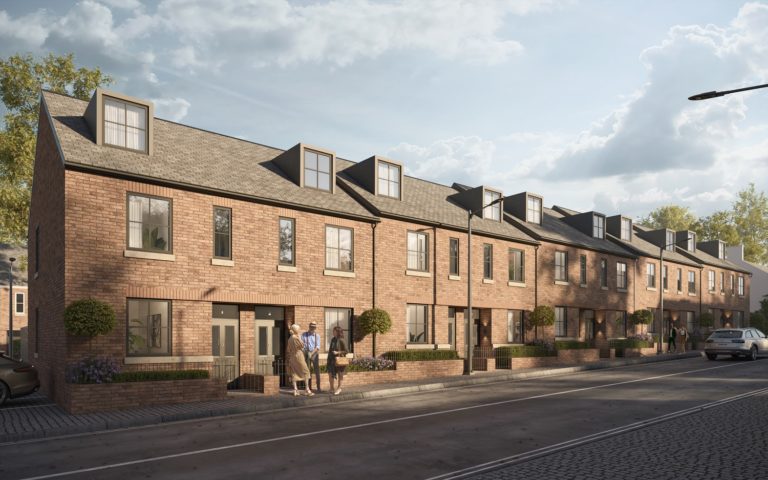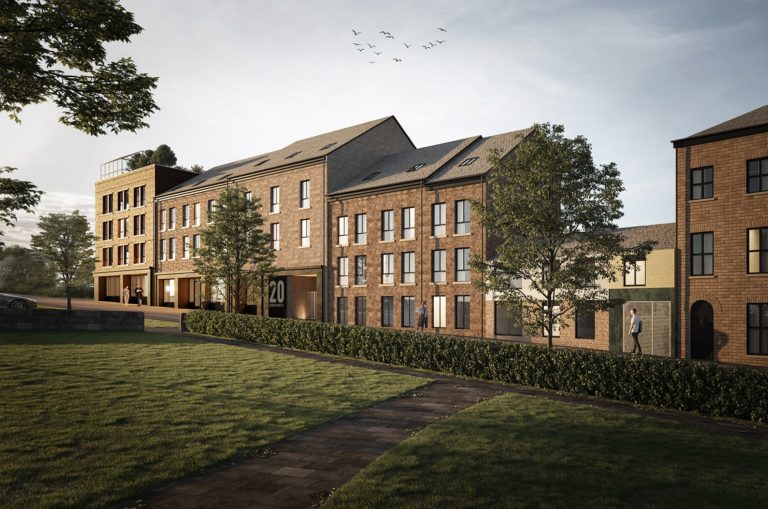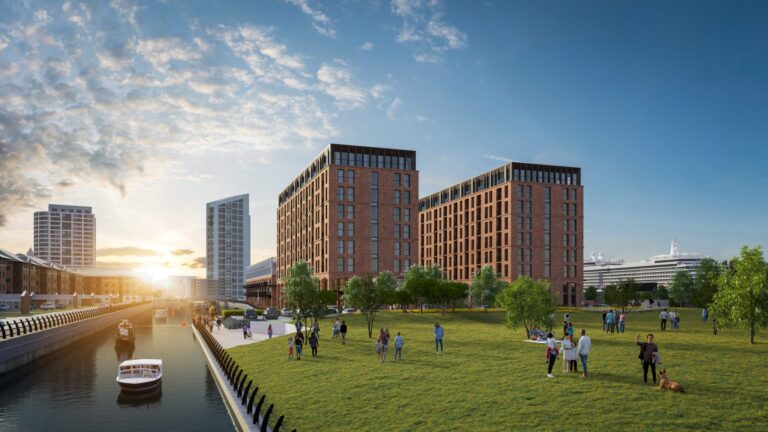The government has used its latest Budget to push us closer to our carbon targets. Is it time for drastic action in the housing industry?
In 2018, the UK residential sector produced an estimated 65.9 million tonnes of carbon dioxide, making up around 18% of the UK’s total CO2 emissions for the year. This makes it one of the highest emitting industries of the UK, meaning it is a top priority for the government to address if we are to reach a net-zero greenhouse gas target by 2050.
Energy performance certificate (EPC) data and national housing survey reports show that almost two-thirds of UK homes – more than 12 million – fall below grade C level (with all properties rated from A to G). This not only makes them much more costly to run, but also means they emit vast amounts of excess carbon dioxide into the atmosphere compared to higher graded homes. And this could be a major barrier to the country’s proposed green credentials.
Now the National Federation of Builders (NFB) is calling on the government to take action. The NFB wants to enable revolutionary retrofitting and sustainability measures across the country’s housing industry. It believes the government must “signal its ambition to push us closer to meeting our climate targets”.
Meeting green targets
According to the federation, the UK currently has some of the least efficient housing in Europe. There are more than five million homes without cavity walls, almost five million built before 1919, and around 18 million built without insulation.
While new-build properties are being built with massively improved energy efficiency standards and EPC ratings, with a major increase in the number of carbon-neutral properties being built, many existing properties fall far behind the standards.
New-build homes save homeowners on average £555 a year on energy bills, said Richard Beresford, CEO of the NFB, and use two-thirds less energy. “It’s clear we need a revolutionary and sustained retrofitting programme,” he added.
“Following on from our low carbon construction report and as the installation supply chain, we are opening ourselves up to the wider industry to come together and highlight all the solutions and barriers to a retrofitting revolution.”
What can homeowners do?
The NFB has set out a list of solutions for retrofitting existing homes to make them more energy efficient, along with the costs and planning permission required.
Options include adding external insulation at a cost of around £8,000, which would not require planning permission. Homes could also have their roofs made more energy efficient for £5,000, which wouldn’t require permission if the new tiles are similar enough to the old ones. Cheaper options also include damp proofing for £200 and installing a programmable thermostat for £150. Roof insulation would cost around £285 and replacing lightbulbs with energy efficient ones is £3 upwards.
The NBF has also addressed ways the government could enable these works in a way that wouldn’t need public funding.
Rico Wojtulewicz, head of housing at the HBA, said: “There are many things we should be looking at that wouldn’t require public funding, such as simplified planning processes for retrofit projects, longer lasting permissions to allow homeowners time to save for upgrades, and cutting VAT on refurbishment. We could even allow homebuyers to claim back stamp duty on retrofitted works.”
UK must act now
The government had already set a targets linked to energy performance. It hopes to make as many properties as possible hit the grade C minimum EPC rating by 2035, “where practical, cost-effective and affordable”.
With the country’s rental market making up a vast portion of the housing sector, this is also a focus area. Last year it brought in rules to stop landlords letting homes that don’t reach a minimum EPC rating of E. This could be boosted to D in the future.
Meanwhile, higher building standards mean the majority of new-build properties attain the highest EPC grading of A or B. This means they are the most energy efficient and cost-effective properties to live in.
Dr Tim Forman, from the University of Cambridge’s Centre for Sustainable Development, echoes the NFB’s message to the government.
“We need to throw everything we have at it [energy efficiency],” Dr Forman commented. “There’s a desperate need to do something, not in 10-15 years, but now.”









